In a world that’s constantly “on,” a growing number of designers are turning to 19th-century physics to address 21st-century anxieties. Faraday cages – once confined to labs, satellites, and secret facilities – are now finding their way into everyday products, from fashion and furniture to vehicles and lifestyle accessories. Whether it’s about shielding your phone from tracking or simply reclaiming a moment of stillness, these design innovations are reframing electromagnetic shielding as a statement about modern living.


Aer Puffer by The Arrivals
New York fashion brand The Arrivals has fused arctic-level performance with digital disconnection in their Aer Puffer, a sleek parka that does more than keep the user warm – it blocks cellular and GPS signals. Lined with a blend of copper, nickel, and polyester, the jacket’s Faraday pocket is designed to isolate your phone from electromagnetic fields (EMF), RFID, NFC, and radiation signals. The fashion-forward is meant to help users unplug from digital noise and reconnect with the physical world.

Aer Puffer by The Arrivals
The inspiration stems directly from the science of the Faraday cage – Michael Faraday’s 1836 invention that blocks electromagnetic fields – reinterpreted through woven textiles. Co-founder Jeff Johnson describes the project as a way to recalibrate our relationship with tech: “We began conceptualising solutions that would enable users to reconnect with the outdoors by disconnecting from everything else.”

Aer Puffer by The Arrivals
Beyond signal-blocking, the Aer Puffer is engineered for the elements. With a down-and-feather filling, storm cuffs, microfleece-lined pockets, and removable backpack straps, it’s built for everything from Icelandic geysers to winter streets. Available in three cuts and a palette inspired by geothermal landscapes, the Aer Puffer balances high-concept design with high-performance warmth – proof that tech resistance can look good, too.

Electromagnetic Shielding Bomber by Vollebak (also header image)
Where The Arrivals leaned into nature, Vollebak went full NASA. Their Electromagnetic Shielding Bomber is made from nylon woven with pure silver making up nearly 20% of the jacket’s mass. This metallic matrix isn’t just for show; it blocks radio and microwave frequencies from 0.2 GHz to 14 GHz, covering everything from Wi-Fi to radar. Borrowing its material science from aerospace labs in Bremen, Germany, this jacket brings satellite shielding tech to city sidewalks.

Electromagnetic Shielding Bomber by Vollebak
Vollebak’s bomber channels the timeless silhouette of the MA-1 flight jacket, combining stealth utility with streetwise confidence. At its core is a Faraday cage-style phone pocket that renders your device digitally invisible – no calls, no pings, no traces. It’s a bold solution for an era plagued by digital surveillance and screen fatigue. But the innovation doesn’t stop at privacy: silver’s natural antimicrobial properties mean this jacket also defends against bacteria, offering hygiene as an added bonus.
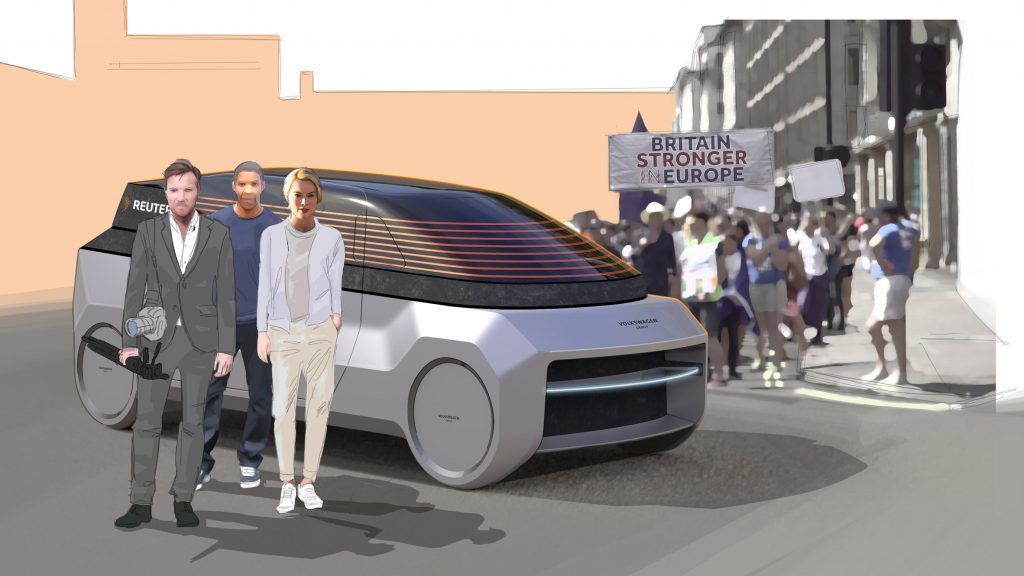
Signal by Armin Peters
Shifting from personal fashion to public function, Royal College of Art graduate Armin Peters introduces Signal, a concept car designed as a mobile workspace for journalists needing both connectivity and protection. Informed by increasing threats to press freedom and digital surveillance, Signal features a self-driving base topped by a passenger capsule that doubles as a Faraday cage. No Wi-Fi, no cellular reception – just uninterrupted, secure communication.

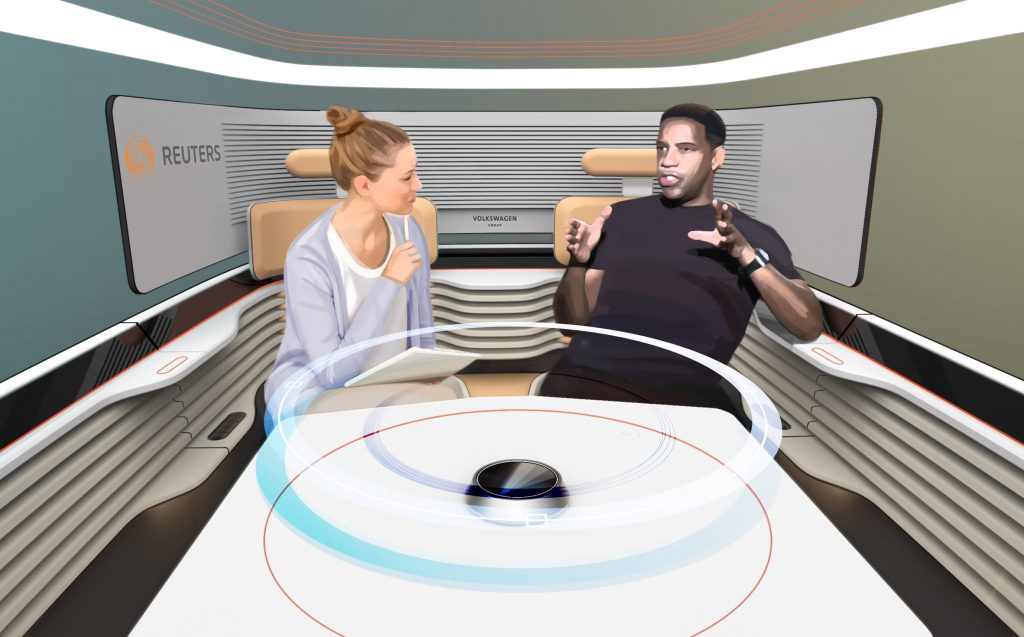
Signal by Armin Peters
Designed as a “mobile meeting room,” the vehicle’s interior is a study in calm, crafted to foster conversation and concentration. Peters likens the seating arrangement to a round table, complete with a central 3D projector for immersive interviews. Materials like wood and soft upholstery are chosen to evoke a sense of warmth and psychological ease – like “sitting in a nest,” as the designer puts it.
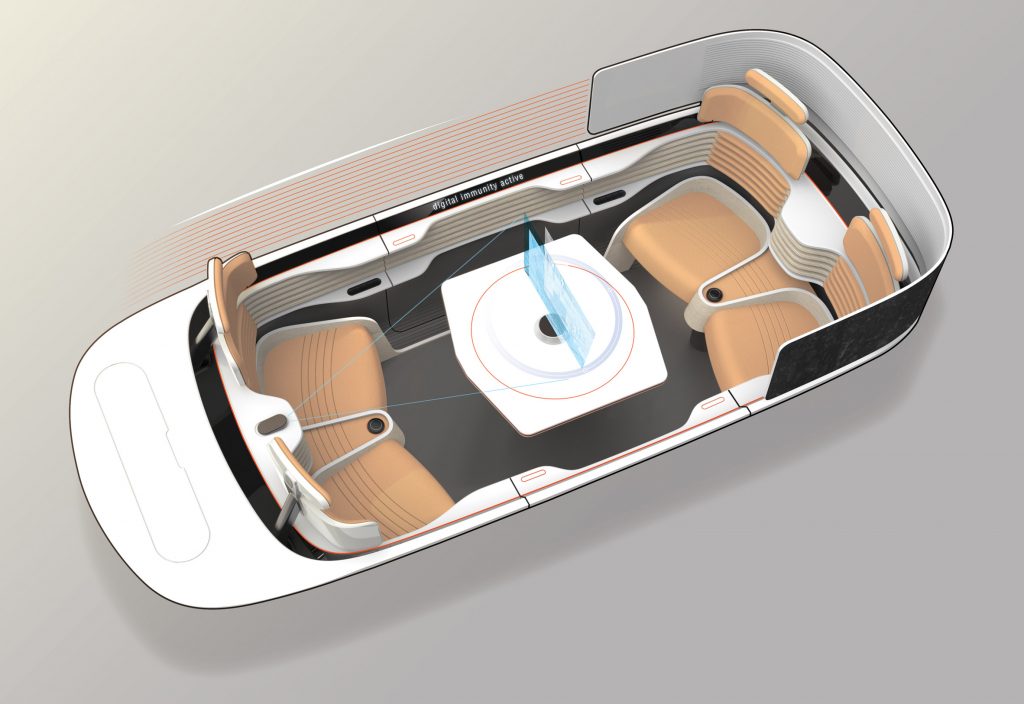
Signal by Armin Peters
Signal is more than a design concept – it’s a comment on the precariousness of privacy in today’s information economy. As journalists face mounting challenges in an always-connected world, Signal offers a powerful alternative: a quiet, protected space to think, speak, and listen.
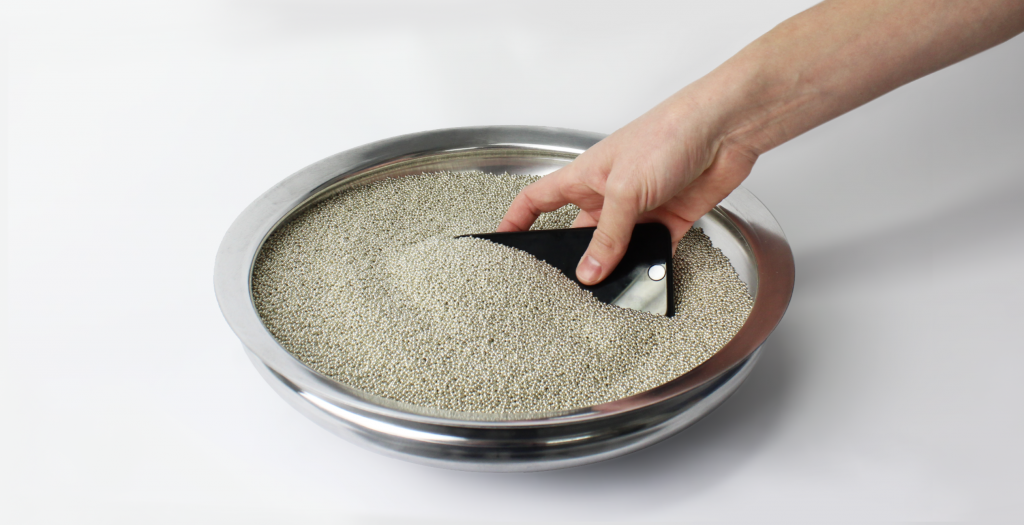
Komoru by Cohda
If Signal is a mobile newsroom and Vollebak’s bomber is a cyber-shield, then Cohda’s Komoru is a meditative altar for modern life. Inspired by Japanese Zen gardens and named after the word komoru – meaning “to seclude oneself” – this elegant, tabletop device helps users break their smartphone addiction through a tactile ritual: burying your phone in a bed of conductive microspheres.
The concept is deceptively simple. The bowl comprises three layers: a hand-thrown ceramic exterior, a hand-spun metal inner bowl, and a sea of nickel-coated, non-magnetic microspheres. Once a phone is submerged, all electromagnetic signals are blocked, thanks to the Faraday principle. The action itself becomes therapeutic – a physical gesture of letting go, if only for a while.
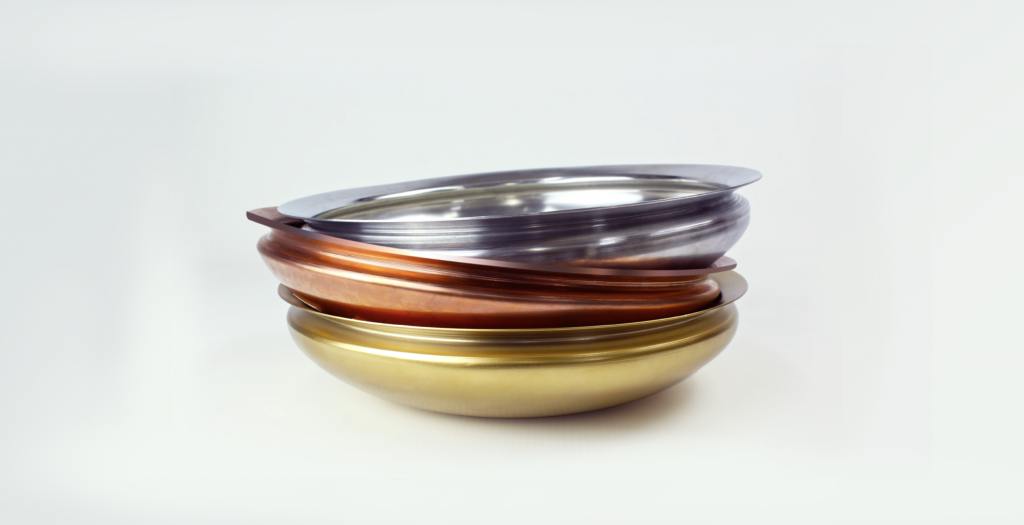
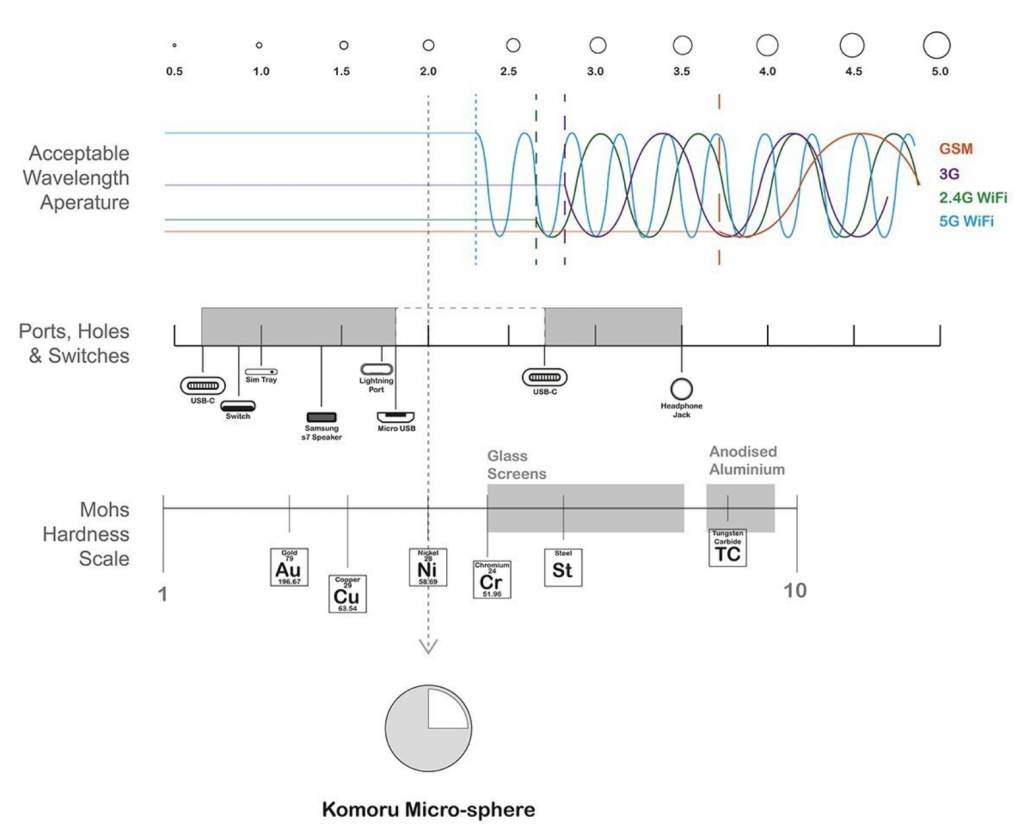
Komoru by Cohda
Designed to fit seamlessly into living rooms, cafes, or meeting spaces, Komoru combines technological utility with emotional design. Its minimal beauty makes it more than just a gadget; it becomes part of the environment.